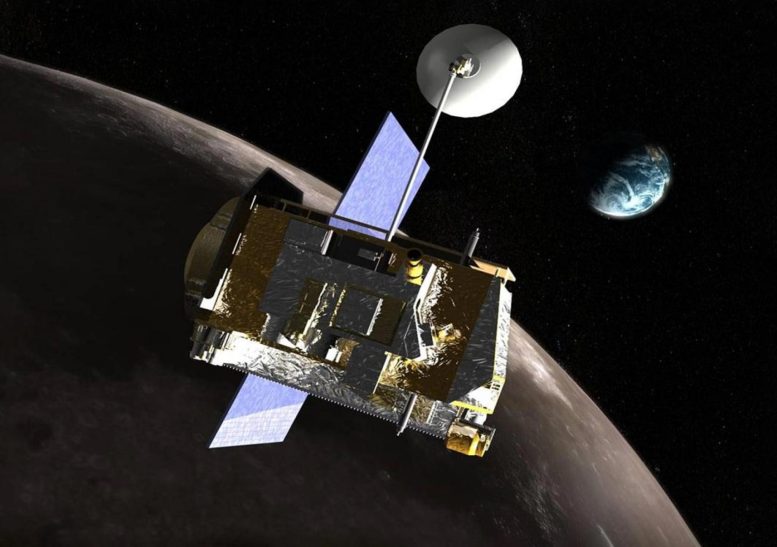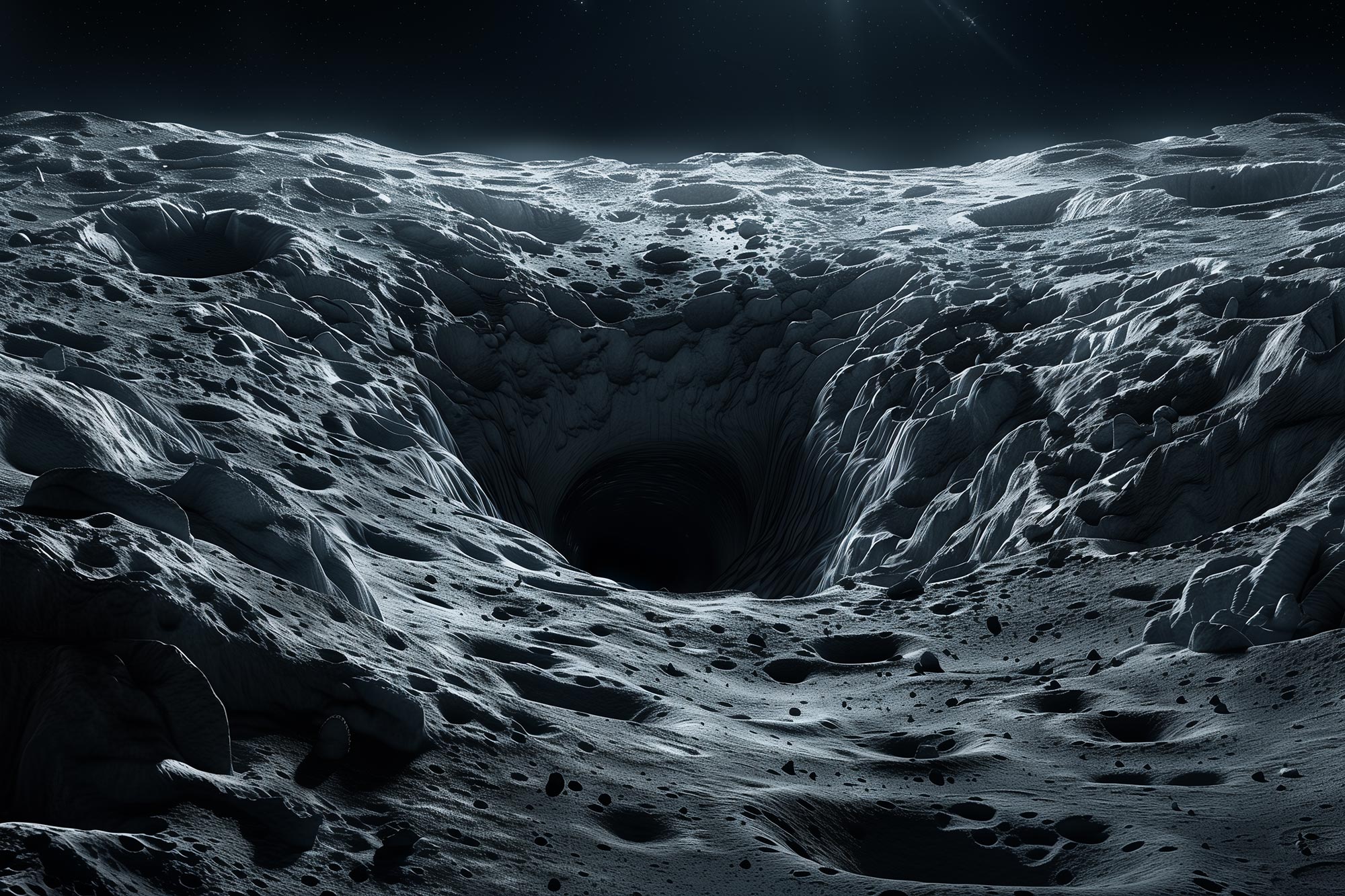An international research team discovered a lava tube on the Moon, indicating a potential habitat safe from harsh lunar conditions. The study, which reanalyzed NASA LRO mission data, offers significant insights for future lunar exploration. (Artist’s concept.) Credit: SciTechDaily.com
The presence of conduits below the lunar surface has been theorized and extensively debated for at least 50 years. The analysis of 
Artist’s rendering of NASA’s Lunar Reconnaissance Orbiter. Credit: NASA’s Goddard Space Flight Center
Techniques and Technology in Lunar Research
“Thanks to the analysis of the data we were able to create a model of a portion of the conduit,” continues Leonardo Carrer, a researcher at the University of Trento. “The most likely explanation for our observations is an empty lava tube.”
The Mini-RF principal investigator, Wes Patterson, from the Johns Hopkins Applied Physics Laboratory adds “This research demonstrates both how radar data of the Moon can be used in novel ways to address fundamental questions for science and exploration and how crucial it is to continue collecting remotely sensed data of the Moon. This includes the current LRO mission and, hopefully, future orbiter missions.”
Implications for Lunar Exploration
The study, partially funded by the Italian Space Agency, also involved researchers of the University of Padua and La Venta Geographic Explorations APS who contributed to the geological analyses and the modeling of the identified conduit.
The study has scientific importance and implications for the development of missions to the Moon, where the environment is hostile to human life. Surface temperatures on the illuminated side of the Moon can reach 127°C (261°F), while temperatures on the unilluminated side can drop to -173°C (-279°F). Cosmic and solar radiation can be as much as 150 times more powerful on the lunar surface than we experience on Earth and there is a constant threat of meteorite impact.
These conditions drive a need to find safe sites for the construction of infrastructure that can support sustained exploration. Caves such as this one offer a solution to that problem.
Reference: “Radar Evidence of an Accessible Cave Conduit below the Mare Tranquillitatis Pit” 15 July 2024, Nature Astronomy.
DOI: 10.1038/s41550-024-02302-y













/https://tf-cmsv2-smithsonianmag-media.s3.amazonaws.com/filer_public/34/31/3431771d-41e2-4f97-aed2-c5f1df5295da/gettyimages-1441066266_web.jpg)






Discussion about this post